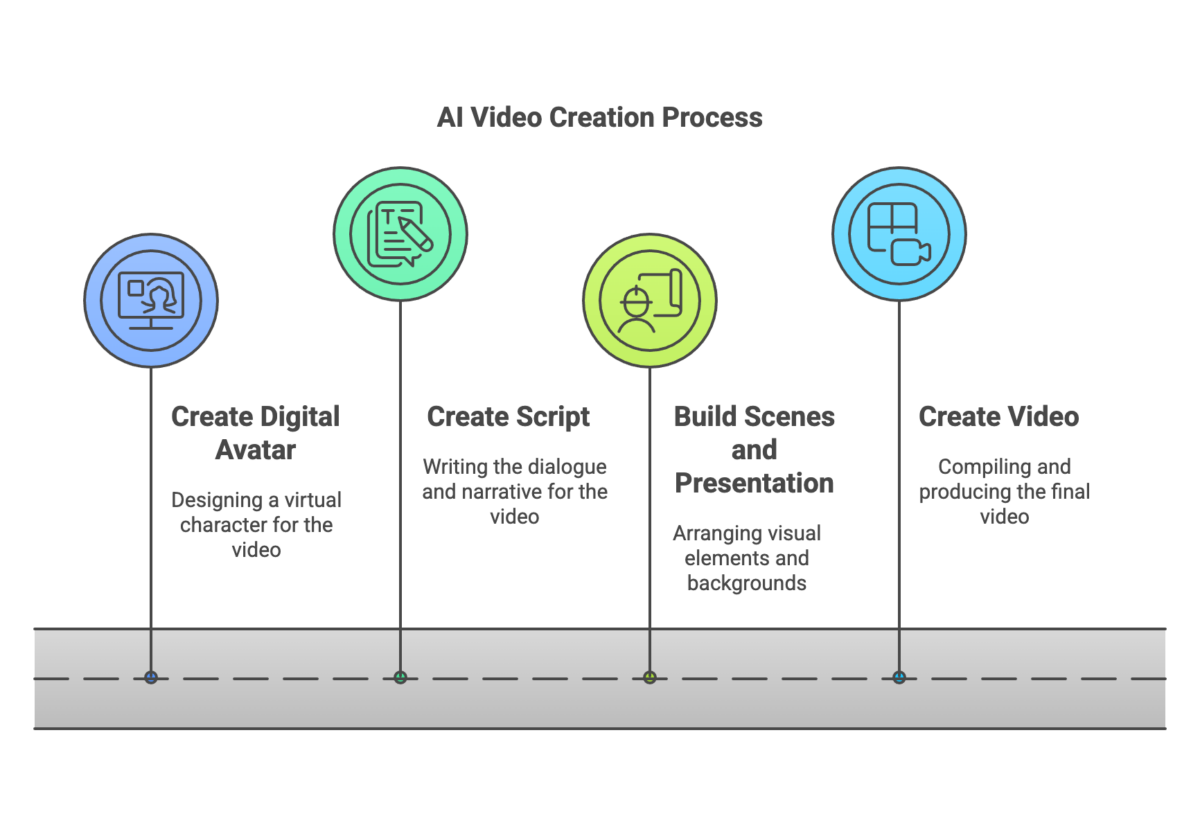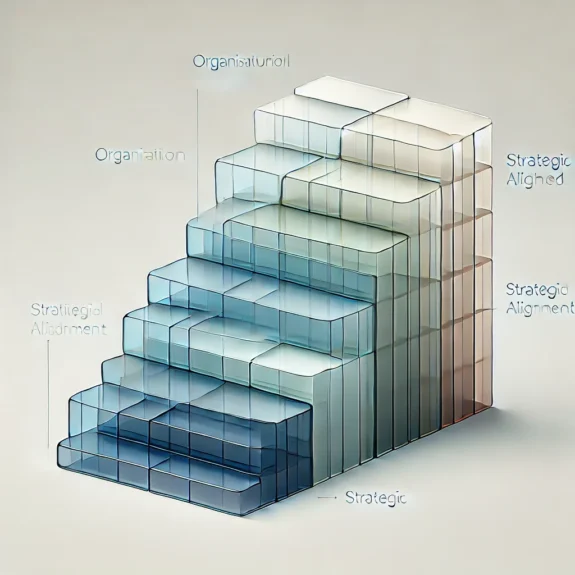In this video, we explore a clear example of bias in AI-generated images. When asked to depict a CEO studying architectural drawings, ChatGPT consistently produced images of a white, 30-something male with traditional paper plans in an office setting. This surprising result highlights how AI can inadvertently amplify stereotypes from its training data. We discuss the implications for businesses, entrepreneurs, and change makers, emphasising the need for fairness, accuracy, and thoughtful oversight when building or implementing AI systems. Continue reading “AI Bias: Why AI Keeps Drawing the Same White Guy—Uncovering the Stereotypes in the Machine”
AI Regulation in the EU: Why Most Businesses Won’t Have to Worry
I admit the EU AI Act 2024 spooked me on first reading last summer. I thought it would be quite a task to track the risk and usage of all AI usage in an organisation.
But having read their guidance published this week, I realise that most of their measures won’t apply to 95% of organisations. (Commission publishes the Guidelines on prohibited artificial intelligence (AI) practices, as defined by the AI Act.) Continue reading “AI Regulation in the EU: Why Most Businesses Won’t Have to Worry”
AI Can’t Optimise Processes You Haven’t Mapped—Unlock process improvement ideas with these 4 steps.
AI can help streamline and automate repetitive tasks, but where do you start? In this video, I break down a four-step process to document and optimise your workflows before integrating AI. Learn how to record, transcribe, analyse, and leverage AI to improve efficiency without complex coding. Plus, you can learn how to engage your team in identifying automation opportunities. Continue reading “AI Can’t Optimise Processes You Haven’t Mapped—Unlock process improvement ideas with these 4 steps.”
AI Video Creation: A Game Changer for Thought Leadership and Training
I’ve been experimenting with AI video creation for one of the businesses I’m involved with, and I thought I’d share some thoughts and insights based on my experience. This isn’t a review of Synthesia (the tool I used), but rather my take on AI video creation. While there are other tools out there, Synthesia has impressed me so far. Continue reading “AI Video Creation: A Game Changer for Thought Leadership and Training”
How to Turn AI Fears into Confidence and Capability: The Psychology of AI Integration
Discover how to transform your team’s fears around AI into a catalyst for innovation, collaboration, and growth. Drawing from organisational psychology, this video explores the three pillars of job satisfaction—autonomy, mastery, and purpose—and how common AI-related anxieties can disrupt them. Learn actionable strategies to empower your team, including inclusive decision-making, organisation-wide AI training, and positioning AI as a tool to amplify human strengths.
Using engaging analogies and real-world examples, we reframe AI not as a replacement for human talent but as an augmentation of your team’s unique abilities. By the end, you’ll have the insights needed to foster a confident, AI-enabled workforce ready to lead in a transformative era. Continue reading “How to Turn AI Fears into Confidence and Capability: The Psychology of AI Integration”
Create a Virtual AI Strategist with ChatGPT (2025 Guide for Business Leaders)
Moving beyond dabbling with AI for personal productivity, how can Business Leaders, Entrepreneurs and Change Makers in organisations start building an AI strategy in 2025? This video covers why business leaders, in particular, are critical to AI success and how to identify potential AI projects that are uniquely specific to your business, the markets you operate and the challenges you face. Use AI itself to create a virtual AI consultant to develop ideas on your behalf, bespoke to your business. Continue reading “Create a Virtual AI Strategist with ChatGPT (2025 Guide for Business Leaders)”
The first steps in managing AI as an asset
The first steps in managing AI as an asset – Transcript
In this video series, I’ve been making the case that we should manage AI as an asset—a strategy that goes beyond controlling costs and risks to genuinely unlocking innovation, clearing barriers to effective usage, and enabling true differentiation in the marketplace. We’ve discussed the nature of AI sprawl in the enterprise, its associated risks, the barriers to adoption, and the looming regulatory challenges. Today, I’d like to focus on the practical first steps we can take to govern AI properly within our organisations. Continue reading “The first steps in managing AI as an asset”
Quick guide to the EU AI Act 2024
Quick guide to the EU AI Act 2024 – Transcript
In this video series, I’ve been making the case that we should manage AI like an asset. Doing so not only helps us control costs and mitigate risks, but crucially enables us to harness innovation and overcome barriers that might otherwise prevent us from tapping into AI’s full potential. In the previous video, we discussed various categories of risk associated with AI, including the emerging regulatory risks. Today, I’d like to offer a concrete example: the newly published EU AI Act 2024, set to take effect in 2026. Continue reading “Quick guide to the EU AI Act 2024”
Key Risks of Implementing AI in the Enterprise
Key Risks of Implementing AI in the Enterprise – Transcript
In this video series, I’ve been arguing that we should manage AI like an asset. By approaching it through an asset management lens, we’re not only controlling cost and mitigating risk, but also accelerating innovation and achieving better outcomes faster—ultimately helping our organisations remain competitive. Continue reading “Key Risks of Implementing AI in the Enterprise”
Four barriers to AI adoption in the Enterprise
Four barriers to AI adoption in the Enterprise – Transcript
In this video series, I’m arguing that we should manage AI as an asset—not purely to control its costs and risks, but also to unlock innovation and give our teams the freedom to experiment and progress more rapidly. In the previous video, we explored three types of AI commonly used in the enterprise. Now, I’d like to focus on the barriers preventing many organisations from fully embracing AI in the first place. Continue reading “Four barriers to AI adoption in the Enterprise”










